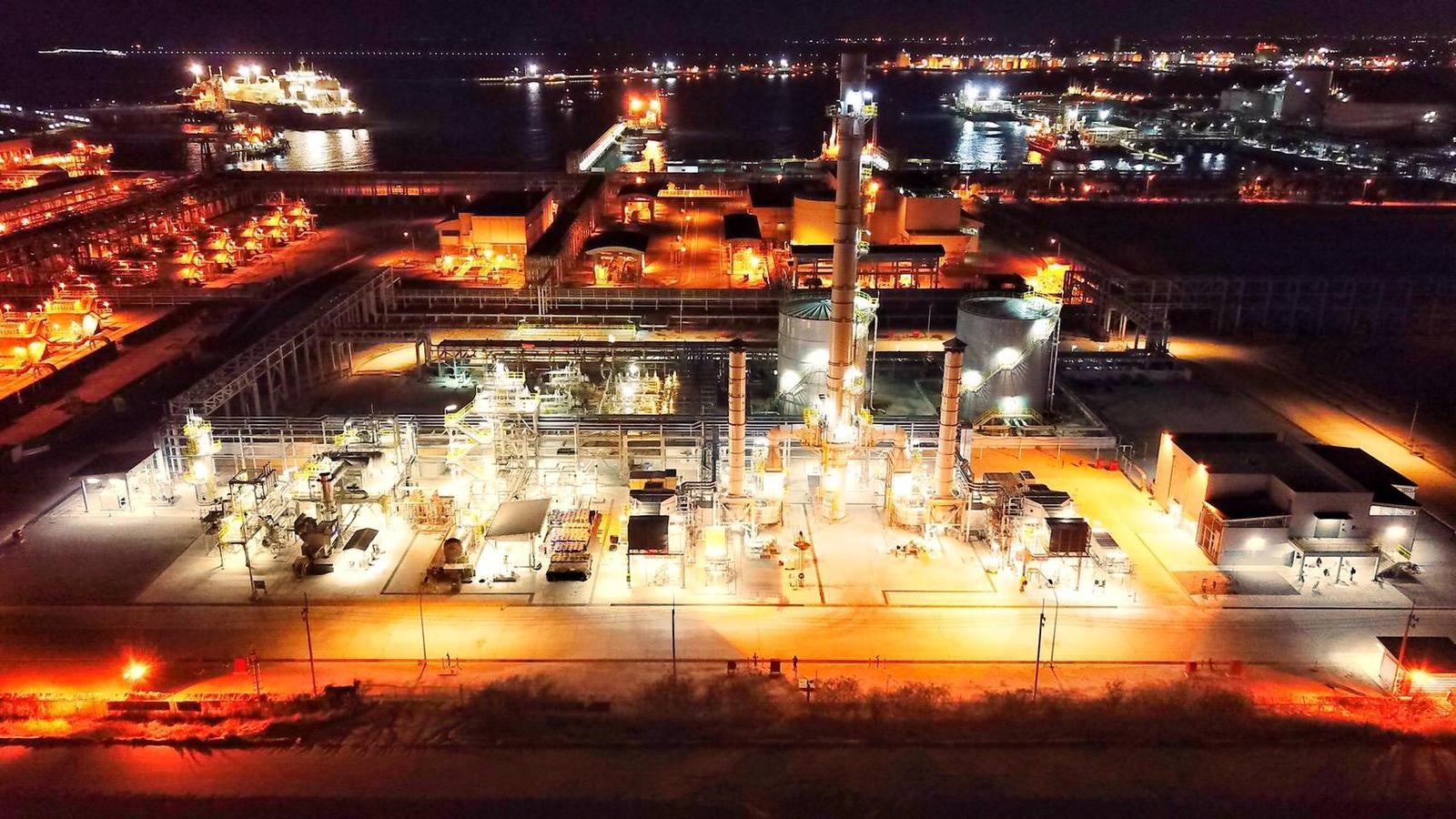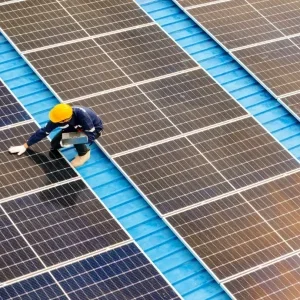
As oil and gas companies seek diversification strategies to navigate the low-carbon transition, geothermal energy can offer a route into renewable power generation that aligns closely with their operational expertise.
Decades of exploration, drilling experience and data collection provide these businesses with a unique advantage in the geothermal space, and the financial contribution they could potentially bring would go a long way to further de-risking the sector for future growth.
International Renewable Energy Agency (IRENA) estimates average annual investments of around $24bn will be needed in the geothermal sector over the next three decades to remain consistent with a 1.5C climate pathway.
Meanwhile, the International Energy Agency (IEA) has identified 52GW of geothermal capacity as being necessary for deployment by 2030 in a net-zero scenario. That compares to just 15GW installed capacity at present.
By 2040, the IEA suggests 98GW geothermal capacity will be needed, rising to 126GW by 2050.
Geothermal is “very much within the expertise of oil and gas companies,” says Marco Frassinetti, sales director at Exergy, which manufactures Organic Rankine Cycle (ORC) equipment for producing electricity from low to medium-temperature heat sources.
“This is not only a way to use their competencies, but also to push the boundaries of what is done in geothermal today to another level. The first renewable sector an oil and gas company should be looking at is geothermal, because it is very close to their knowledge and expertise.
“Their willingness to invest will be a big benefit – a better understanding of the resources, a more precise relation between what is expected and what is found. This will be what makes the wheels spin, because then you can start attracting investment and building financing structures.”

A major opportunity in the sector exists in abandoned or unproductive oil and gas wells – of which there are millions in the US alone according to the US Environmental Protection Agency, and many further opportunities across Europe and the wider world.
These wells could be viably repurposed to generate electricity from underground heat sources, giving fossil fuel producers a clear entry point into the renewables space while simultaneously dealing with the issue of how to safely retire these exhausted assets.
Moving into the geothermal sector could also offer a route into new “green” employment for oil and gas workers with skills specific to the drilling and maintenance of wells.
“Wells are usually already sited within an existing infrastructure, both for the gathering of the resource and for the grid connection,” Frassinetti explains, “so the overall expenditure to make them profitable from a power generation point of view is much lower than greenfield geothermal investment.”
He adds that although there are some technical hurdles to converting these wells into geothermal heat sources, they are not significant barriers and the technologies that are required do already exist.
As well as repurposing old oil and gas wells, there is also an opportunity for co-generation in active assets, whereby heated well water, before reinjection, can be used to produce electricity.
Exergy manufactures ORC equipment that generates electricity from turbines using heat sources in the range of 90C to 350C, and even up to 550C for small power outputs. Exergy’s ORC systems utilise turbines with unique technology known as a Radial Outflow Turbine.
Its systems are already used in refineries, LNG processing and gas-fired power generation, and have also been deployed by geothermal producers around the world.
The Italian company has more than 370MW of geothermal power generation capacity installed or under construction in its portfolio – the second-largest ORC binary geothermal fleet worldwide.
In terms of the tools needed to exploit stranded oil and gas wells, Frassinetti says the technology is available and it’s just a case of forming a deeper understanding of the necessary techniques.
“In terms of capabilities, this is absolutely something we can do because the temperature ranges are very similar with those used in ORCs,” he says.
A team of experts on both the technical development and project execution sides will be key to unlocking this new potential.
Frassinetti adds: “It’s a technology in development, but that development is based on very well-known data. It simply comes down to studying the technical details and peculiarities of a project to find the best viable technical solution for developing it and making it profitable.”
Oil and gas companies are well-positioned to advance this understanding, given their wealth of knowledge from years of drilling specialisation and the accumulation of associated seismic information.
While many have chosen to invest in completely new sectors like wind or solar in their low-carbon planning, geothermal energy offers an opportunity to exploit the skills, infrastructure and data already available to them.






